Colleagues
of the museum-reserve
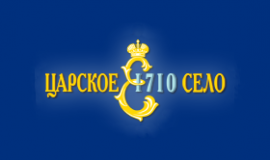
The origin and development of the palace and park ensemble in Tsarskoye
The villages are associated with the liberation of the ancient
Novgorod possessions off the banks of the Neva River from the rule of the Swedish Kingdom, the construction of St. Petersburg and
the establishment of the capital of the Russian state in it. This territory has long
been part of the ancient Russian lands. In the XII century, the region was called the “Izhora land of Lord Veliky Novgorod”, in the XVII century the “Izhora land” was
occupied by the Swedes. The return of these territories to Russia began in 1702 with
the victory of our country in the Northern War. On the site of the future Tsarskoye Selo
there was a small manor house “Saris hoff”, or “Saaris moisio” (translated from
Finnish — “manor on an elevated place”), and in Russian — Sarskaya manor,
marked on Swedish maps of the XVII century. Immediately after the end of the Northern
War, the manor was presented to A. D. Menshikov, appointed Governor-
General of the liberated territory, and on June 24, 1710, by order of Peter I, it was “unsubscribed” to his future wife Ekaterina Alekseevna (the official wedding of Peter I with Catherine took place in February 1712) and included in the category of palace lands.
For two centuries, Tsarskoye Selo was the summer ceremonial imperial residence, the construction of which was of national importance and was carried out with the participation of government departments.

The pearl of the museum is a grandiose palace complex of the XVIII century. It is being built as a country residence for Catherine II. For more than twenty years, outstanding Russian architects Vasily Bazhenov and Matvey Kazakov have been working on the construction. After the death of the Empress, all work stops. The picturesque park turns into a place for Muscovites to take country walks. In the second half of the 19th century, a country village was built around the ruins. He is rapidly gaining popularity – especially among writers and artists. In 1927, a museum of local lore was created in Tsaritsyn. In 1984, most of the historical buildings were transferred to the Museum of Decorative and Applied Arts of the Peoples of the USSR. And in 2007, a completely renovated palace and park ensemble officially opened here.

Russian Russian Museum is the world’s largest museum of Russian art, a unique architectural and artistic complex in the historical center of St. Petersburg. This is the country’s first state museum of Russian fine art. The decision on its foundation was made by Alexander III. Later, in 1895, Nicholas II signed a decree “On the establishment of a special institution called the Russian Museum of Emperor Alexander III” and on the presentation for this purpose of the Mikhailovsky Palace acquired by the treasury with all its outbuildings, services and garden.” In May of the same year, the reconstruction of the palace premises for future museum exhibitions began (architect V. Svinyin). The grand opening of the Russian Museum for visitors took place on March 19 (7), 1898. The Russian Museum’s collection was based on objects and works of art transferred from the Winter, Gatchina and Alexander Palaces, from the Hermitage and the Academy of Arts, as well as collections of private collectors donated to the museum.The Russian Museum today is an extensive museum complex, the largest authoritative research, restoration, conservation and methodological center overseeing the work of all art museums in the country.

Date of construction: 1714 – 1723. Architects: I. Braunstein, J. B. Leblon, N. Michetti, F. Rastrelli, A. N. Voronikhin, A. I. Stackenschneider. Peterhof, which was the ceremonial summer residence of the emperors for 200 years, is inextricably linked with our history. The Seaside Paradise was built as a grandiose triumphal monument, glorifying the greatness of Russia, which won the much-needed and desired access to the Baltic Sea during the Northern War.

In 1986, the All-Union (since 1994 – All-Russian) museum association “State Tretyakov Gallery” was formed. However, the history of the famous museum began much earlier – in the middle of the XIX century. The Tretyakov family bought a house in Lavrushinsky Lane at the end of 1851. In 1856 Pavel Mikhailovich acquired the first paintings, which marked the beginning of the famous collection. In 1892, he donated his collection to the city of Moscow. The Tretyakov Gallery became the first publicly accessible museum in Russia. Today, the Tretyakov Gallery in Lavrushinsky Lane is a large museum complex. The historical building of the Gallery houses an exposition of Russian art of the XI – early XX century. In the Old Russian section, you can see the works of both nameless and famous icon painters of the XII-XVII centuries (including Theophanes the Greek, Andrei Rublev, Dionysius). In the halls of the XVIII – first half of the XIX century, paintings by famous Russian masters are shown: F.S. Rokotov, D.G. Levitsky, V.L. Borovikovsky, K.P. Bryullov, A.A. Ivanov… Russian realistic art of the second half of the XIX century is presented with exhaustive completeness and diversity: famous paintings by I.N. Kramskoy, I.E. Repin, V.I. Surikov, I.I. Shishkin, V.M. Vasnetsov, I.I. Levitan and many other artists. The bright collection of works from the turn of the XIX-XX centuries includes the works of M.A. Vrubel and V.A. Serov, masters of the art associations “World of Art”, “Union of Russian Artists”, “Blue Rose”. A special part of the exhibition is the “Treasury”, which presents artistic products made of precious metals and precious stones made in the XII – early XX century. A special section of the Gallery is dedicated to the demonstration of graphics that cannot stand bright direct light, therefore, halls with soft artificial lighting are equipped for its exposure. Part of the Tretyakov Gallery is the Museum-Temple of St. Nicholas in Tolmachi, which represents a unique combination of the museum exposition and the current temple. In addition to the historical gallery building (Lavrushinsky Lane, 10) and the Church of St. Nicholas (B.Tolmachevsky Lane), the museum complex in Lavrushinsky Lane also includes an Engineering Building (Lavrushinsky Lane, 12) and an Exhibition Hall in Tolmachi (Maly Tolmachevsky Lane, 6, p. 1).

On February 11, 1960, the Minister of Culture of the RSFSR signed Order No. 96 on the establishment of the Vyborg Museum of Local Lore. Its first director was Vladimir Ivanovich Dubrov, under whose leadership the museum team was formed and the first expositions were created. The Vyborg Museum of Local Lore began its work in a building on Lenin Avenue, 20, where the exhibition premises and the directorate were located. The museum funds were kept in the building of the city Executive Committee on Serfnaya Street.On the centenary of Lenin’s birth, in April 1970, the first permanent exhibition “The Historical and Revolutionary Past of the region” was opened in Vyborg Castle. A little later, the oldest of the current exhibitions appeared — the exposition “Karelian Isthmus during the Great Patriotic War” (now it is called “Vyborg during the Second World War”).In 2015, the museum was reorganized. On the basis of Vyborg Castle, the Vyborg Castle Historical and Architectural Museum-Reserve and the Yalkala Historical and Ethnographic Museum-Reserve were created, the director of which was Vladimir Olegovich Tsoi. The reconstruction of the castle begins.
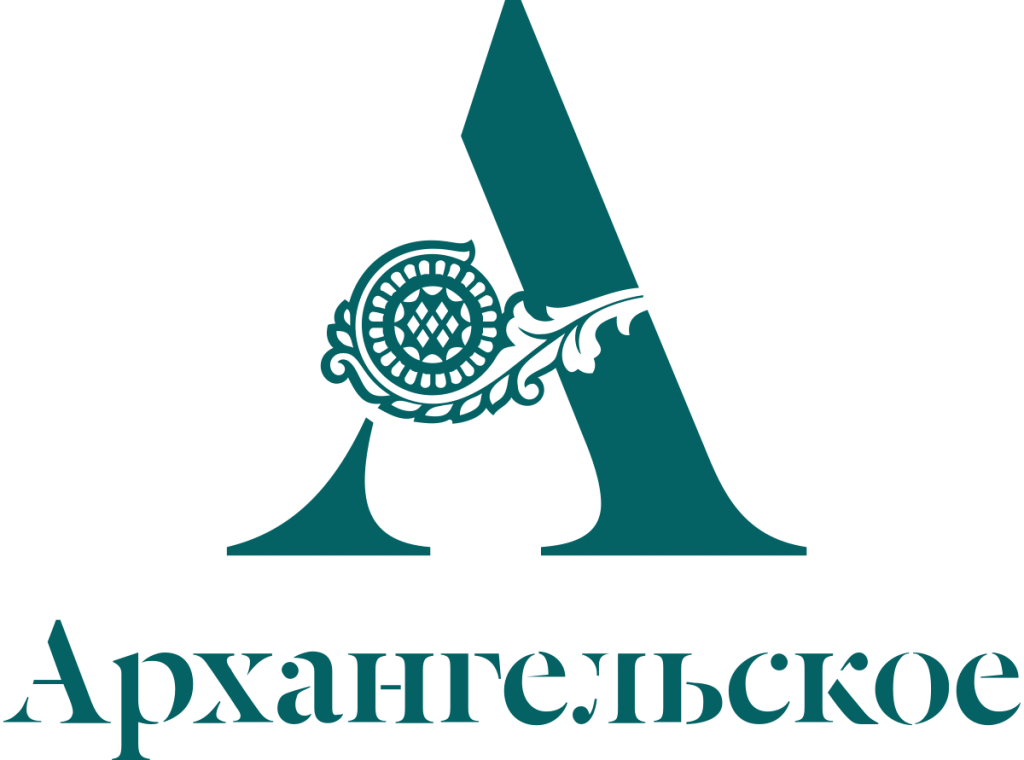
The Arkhangelsk Estate Museum is located in the Krasnogorsk district of the Moscow Region, 20 kilometers west of Moscow. This manor is a unique monument of Russian artistic culture. The majestic beauty of the estate itself and the variety of unique museum collections brought worldwide fame to Arkhangelsk. The beginning of the museum in the manor was laid by Prince N.B. Yusupov. Collections of paintings, sculptures, works of decorative and applied art, and a multi-volume library were carefully preserved by his descendants. The will of the last owner of the estate, Princess Z.N. Yusupova played an important role in the preservation of the collections. During the revolution, former employees of the estate took custody of the estate on their own initiative, and obtained a security certificate from the Military Revolutionary Committee of Moscow for the palace and its collections. On October 23, 1918, the decree “On the nationalization of the Arkhangelsk, Ostankino and Kuskovo estates” was issued, and on May 1, 1919, the museum in the estate was opened to visitors.

Yasnaya Polyana is a museum opened in 1921 in the family estate of the writer Lev Nikolaevich Tolstoy. Here the classic of world literature lived for more than 60 years; here he was born and buried. It is in Yasnaya that you can truly “plunge” into the world of Tolstoy and his works – every year a huge number of people from all over the world come to this famous literary museum. By its status, Yasnaya Polyana is a memorial and nature reserve with a unique landscape that was created during the 18th and 19th centuries. Together with the architectural ensemble, this landscape has been preserved for more than ninety years — modeled on the last year of Tolstoy’s life. At the same time, Yasnaya Polyana continues to be a real “living” estate, where many types of economic activities are preserved. The museum is also developing, gradually becoming a recognized cultural center of global importance.

The Russian Ethnographic Museum (REM) tells about simple and close things to everyone: how people worked, sometimes achieving the highest skill; how they built and equipped their homes; rested; raised children; dressed; what they believed in. However, each of the museum complexes has a unique appearance, a national flavor peculiar only to this people. Today, REM is one of the largest ethnographic museums in the world. It is no coincidence that foreign colleagues called it the “ethnographic Hermitage”. The museum’s collection contains about 700 thousand items, including clothing and illustrative monuments, photographic documents and books, archival materials on 158 numerous and small peoples of Russia since the XVIII century. The volume of collections reflecting the culture of each ethnic group allows us to build an independent exposition, but due to the lack of necessary museum space, today we can see only a small part of this richest collection.

The Pavlovsk Palace and Park Ensemble, created during the heyday of Russian classicism in the late XVIII – early XIX centuries, is a monument of cultural heritage protected by UNESCO. The history of the area where Pavlovsk is located goes back to ancient times. When Ilmen Slavs and various Finno-Ugric tribes settled along the riverbeds rich in game and fish. In the Novgorod scribal books of the XV century, a “Village on the Slavyanka River” is mentioned. The trade route “from the Varangians to the Greeks” took place here. Then, for almost 100 years, these lands passed into the possession of the Swedes, and were conquered by Peter the Great during the Northern War. Forests teeming with game became imperial hunting grounds located near Tsarskoye Selo. Currently, the Federal State Budgetary Cultural Institution “Pavlovsk State Museum-Reserve” is one of the leading institutions not only in St. Petersburg, but also in the Russian Federation. The museum is actively working in various museum areas: acquisition of funds, research, scientific, educational and scientific exposition work, cultural and educational work with the population, especially with children: the museum has a children’s creative center.

Tverdysh Island, in the northern part of which the Monrepos Park Museum-Reserve is located, was formerly called Castle Island (Sweden. Slotsholmen, fin. Linnansaari). When Vyborg was part of the Kingdom of Sweden, the land on the island belonged to the treasury and was managed by the governor of Vyborg Castle. The State Historical, Architectural and Natural Museum-Reserve “Monrepos Park” was established by Decree of the Council of Ministers of the RSFSR No. 30 dated January 22, 1988 “On the organization of the Historical, Architectural and Natural Museum-Reserve “Monrepos Park”. In March 1988, the directorate of the museum-reserve was established.

Generalissimo Alexander Vasilyevich Suvorov is the first person in Russia to have a memorial museum erected in his honor. The museum was built in St. Petersburg in 1901-1904 by the Highest permission of Emperor Nicholas II. Donations for its construction came from a wide range of military and civilian communities. The Emperor himself, who in 1898 ordered the opening of a subscription to the Empire to raise funds for the creation of a museum, became the main donor and patron of the “monument temple” under construction. The Preobrazhensky Regiment of the Life Guards allocated a place for the museum – part of its parade ground at the corner of Kirochnaya and Tavrichesky Streets.

The Livadia Palace and Park Museum-Reserve is the last building erected in the Russian Empire for the Romanov family. Created by the talent of architect N. P. Krasnov in the first decade of the last century, the palace still attracts travelers from different parts of the globe. The palace, built in the Italian Renaissance style by the hard work of talented and skillful builders, is rightfully considered the most picturesque building in the vicinity of Yalta. Each of the facades of the palace has its own unique appearance.
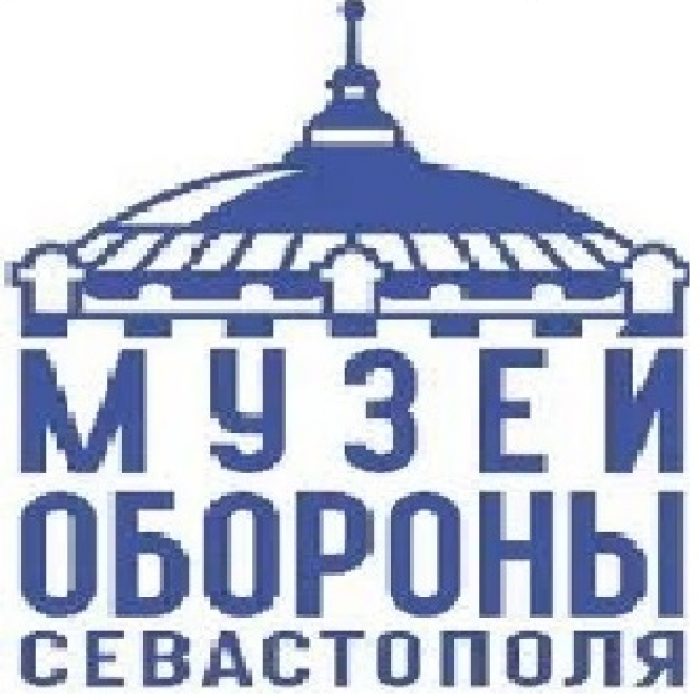
The museum is actively working in various museum areas: acquisition of funds, research, scientific, educational and scientific exposition work, cultural and educational work with the population, especially with children: the museum has a children’s creative center. The Museum-Reserve of the Heroic Defense and Liberation of Sevastopol is the largest museum association of the city, studying its history from its foundation in 1783 to the present. The museum was founded in 1960 on the basis of the unification of the Panorama “Defense of Sevastopol 1854-1855” and the Diorama “Assault of Sapun Mountain on May 7, 1944.” The panorama was opened on May 14, 1905. Initially, the painting was created by the battle artist F.A. Roubaud. During the Great Patriotic War, the panorama was destroyed, the funds were completely lost, 2/3 of the painting was saved. On October 16, 1954, the panorama, recreated by a team of Soviet artists, was reopened. The diorama “Assault on Sapun Mountain on May 7, 1944” was opened on November 4, 1959. The author of the diorama is Honored Artist P.T. Maltsev. In 1963 – 1973, the following objects were included in the Museum:– The defensive tower of Malakhov Kurgan; – The House Museum of the Sevastopol underground; – The Cathedral of St. Prince Vladimir Equal to the Apostles – the tomb of outstanding naval commanders-admirals. On September 30, 2015, the building of the cinema “Ukraine”, built in 1955 by the Orders of the Government of the Russian Federation dated 10/17/2015, was transferred to the Museum. No. 2073-r Memorial complex of monuments of defense of the city in 1854-1855 “Historical Boulevard”, Memorial complex of monuments of defense of the city in 1854-1855, 1941 – 1944 “Malakhov Kurgan”, Memorial complex “Sapun–gora” and dated 02/12/2016 No. 206–r – cinema “Ukraine” are attributed cultural heritage sites of federal significance. By Decree of the President of the Russian Federation dated 07.12.2015 No. 559, the Museum is classified as a particularly valuable cultural heritage site of the peoples of the Russian Federation.
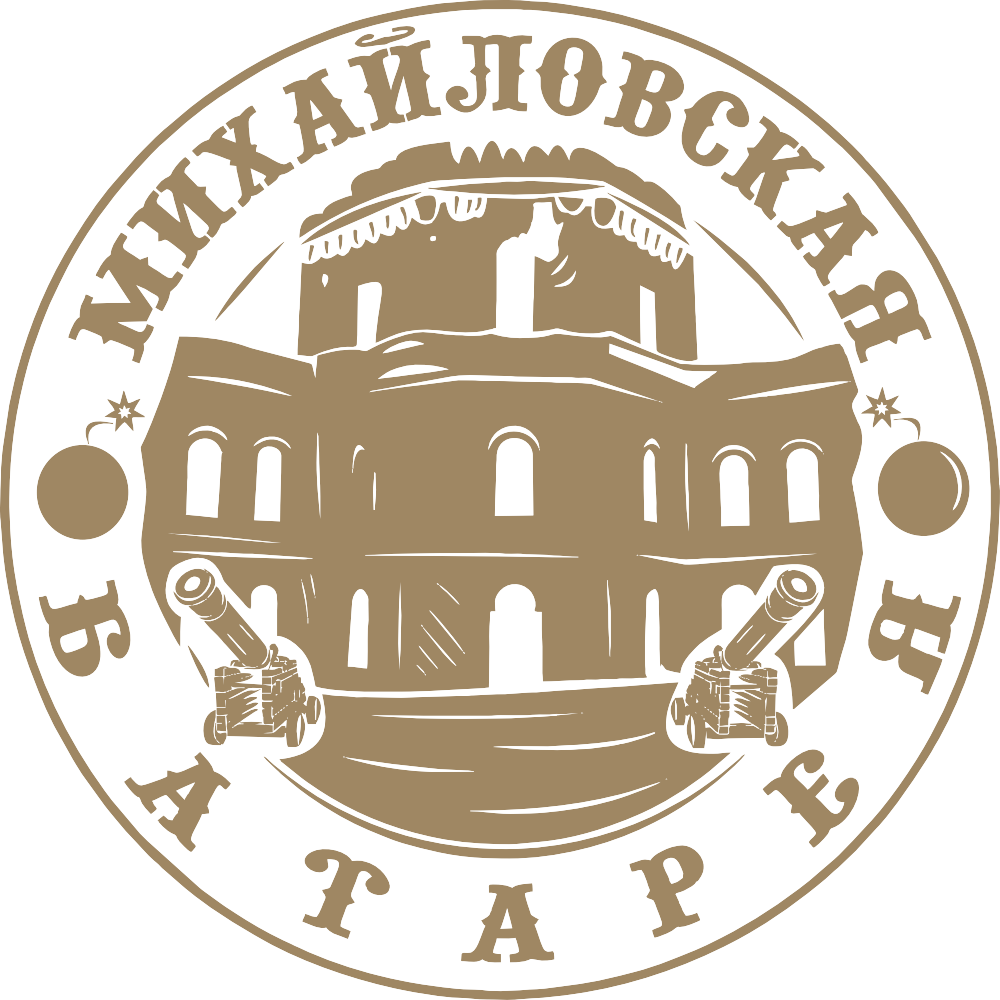
In the museum you can get acquainted with the Hall dedicated to the birth of the city of Sevastopol and the Black Sea Fleet, Orders and badges of the Ottoman Empire of the XIX century, Decorative earthenware with paintings dedicated to the Battle of Balaklava, ammunition from the Great Patriotic War, objects found in the tunnels of Inkerman, a suite of batteries, a Diorama of the Battle of Balaklava on October 25 (13), 1854, shock silicon pistols and many other exhibits presented in the museum
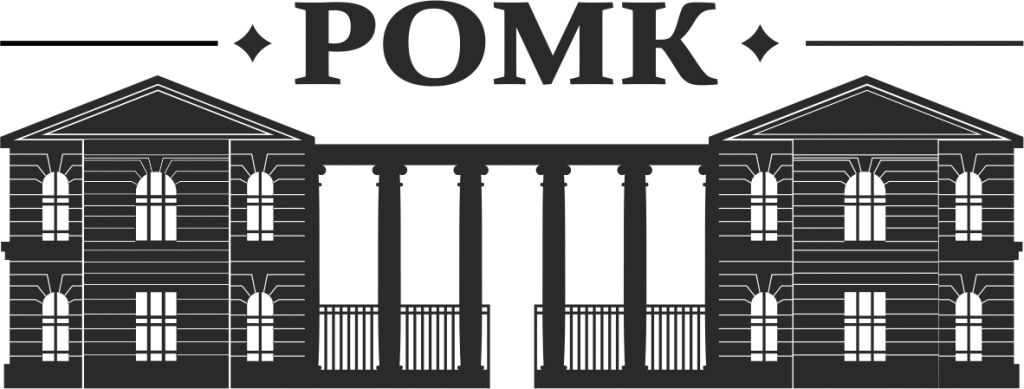
For the first time, the question of opening a museum in Rostov-on-Don was raised in 1862 by the mayor A.M. Baykov so that it would be “a repository of samples of the national wealth of the region, monuments of its glorious past and witnesses of its modern cultural growth.”In connection with the formation of the North Caucasian Territory in 1926, it was decided to reorganize the Don Museum and create the North Caucasian Museum of the Mountain Peoples. 700 exhibits were transferred to the newly created museum.In 1937, a new task was set: in connection with the formation of the Rostov region in a building on the street. 204 Pushkinskaya Street to create a Regional museum of local lore. The museum is known for its socially significant projects “Museum and Power”, “The Forgotten Regiment”, “Don is our common home”, “Peace to the peoples of the Caucasus through Culture”, “Holy Russia, keep the Orthodox Faith”, within which it forms the historical worldview of the electorate, fights the falsification of military history, introduces culture the peoples of the Don, promotes Christian values.

The Vladimir Museum was founded in 1854 “at the conclusion” of the provincial statistical committee. The main initiator of its creation was K.N. Tikhonravov, a great connoisseur of the history of the region. A prominent role in the replenishment of museum collections also belonged to the remarkable Vladimir local historians I.A. Golyshev, N.A. Artleben and other representatives of the advanced intelligentsia. Created by the efforts of single enthusiasts, the museum was originally housed in one of the rooms of the provincial gymnasium, and in 1879, after the death of K.N. Tikhonravov, it turned out to be closed. The merit in the revival of the museum belongs to the Vladimir Scientific Archival Commission. On May 29, 1900, with funds raised through donations, the construction of the museum building began according to a competitive design by architect P.G. Begen.

Currently, the Novocherkassk Museum of the History of the Don Cossacks is an established museum complex, including the House Museum of the Battle artist M. B. Grekov, the House Museum of the artist I. I. Krylov, the Ataman Palace, and contains in its collections relics of the Don Cossacks associated with its best traditions. His richest collection has no analogues in the world and has over 200 thousand items. The collection of cold steel and firearms of the XVIII-XIX centuries is unique in the collection, most of which consists of the award-winning weapons of representatives of the Military generals and officers of the Don Cossack army. The pride of the museum is the world’s only collection of Cossack banners, bunches, regimental standards of the Don Cossacks of the XVIII-XIX centuries. The museum’s pictorial collection includes a collection of a ceremonial Cossack portrait of the XVIII century. “Donskoy Parsuna”, works by N. N. Dubovsky and other peredvizhnik artists.

In 1981, in accordance with the Resolution of the Council of Ministers of the RSFSR No. 344 “On measures for the preservation and use of historical and cultural monuments of Taganrog, Rostov region”, the Taganrog Museum of Local Lore and the Literary Museum of A.P. Chekhov were transformed into the Taganrog State Literary, Historical and Architectural Museum-Reserve (TGLIAMZ). For the first time in the practice of the museum business of the Russian Federation, centralization of management and planning, a unified system of accounting, storage, scientific acquisition and study of stock collections, unified financial and economic activities were carried out on a city scale. By the early 2000s, a large museum association had formed in Taganrog: 7 museums and about 30 museum display objects related to the history of the city, the life and work of A.P. Chekhov. The structure of the museum-reserve corresponds to the profile areas of existing and future exhibitions. The literary part unites the A.P. Literary Museum proper. Chekhov’s memorial departments – “Chekhov’s House” and “Chekhov’s Shop”, the I.D. Vasilenko Museum, as well as the entire complex of Chekhov memorials in the city. The historical part is the Museum of Local Lore (Alferaki Palace), the A.A. Durov Museum, the museum “Urban Planning and Everyday Life of Taganrog”.

The Pavlovsk Palace and Park Ensemble, created during the heyday of Russian classicism in the late XVIII – early XIX centuries, is a monument of cultural heritage protected by UNESCO. The history of the area where Pavlovsk is located goes back to ancient times. When Ilmen Slavs and various Finno-Ugric tribes settled along the riverbeds rich in game and fish. In the Novgorod scribal books of the XV century, a “Village on the Slavyanka River” is mentioned. The trade route “from the Varangians to the Greeks” took place here. Then, for almost 100 years, these lands passed into the possession of the Swedes, and were conquered by Peter the Great during the Northern War. Forests teeming with game became imperial hunting grounds located near Tsarskoye Selo. Currently, the Federal State Budgetary Cultural Institution “Pavlovsk State Museum-Reserve” is one of the leading institutions not only in St. Petersburg, but also in the Russian Federation. The museum is actively working in various museum areas: acquisition of funds, research, scientific, educational and scientific exposition work, cultural and educational work with the population, especially with children: the museum has a children’s creative center.The Regional Museum is the same age as the Kaliningrad region. On August 7, 1946, by order of the Regional Department for Civil Affairs “On the organization of cultural and educational institutions of the region”, the Regional Museum of Local Lore was established. Until April 1949 The museum did not have its own building and was temporarily housed in small rooms. In 1949, the museum was moved to a building on B.Khmelnitsky Street, house 19/21, where it was located for 22 years. There were 16 researchers working at the museum. They completed the funds of the future museum and on the day of the fifth anniversary of the region, the permanent exhibition of the museum was opened, which included sections on the nature and history of the Kaliningrad region. Over the years of the museum’s existence, the staff has collected extensive material, especially on the topic of the Great Patriotic War, and in 1968 The first branch of the regional museum was opened — the “Dugout”, where on April 9, 1945 it was decided to surrender the fascist garrison of the Konigsberg fortress. Since 1990, the museum has become an association of the Kaliningrad Regional Historical and Art Museum and its branches, which currently includes 3 branches (Fort No. 5 and Bunker museums, the K. Donelaitis Memorial Museum) and the head museum at 21 Klinicheskaya Street, the grand opening of the exposition took place in 1991 G. The building of the main museum is the former Stadthalle Concert Hall, built in 1912 by the Berlin architect Richard Seel.
The history of the Suvorov house, which is located in the very center of the city of Kobrin, dates back to the XVIII century. Since time immemorial, this house has been decorating the street, which at the end of the XVIII century was called Gubernialnaya, and now Suvorov Street.
Since 1795, this house belonged to the great Russian commander Alexander Vasilyevich Suvorov. It was Suvorov’s town house, which he received along with the lands of the Kobrin Key estate. The decree of Empress Catherine II stated: “In return for the famous merits of our Field Marshal General Count Alexander Suvorov-Rymniksky, we most graciously granted him eternal and hereditary possession … the Kobrin Key with other keys, folwarks and villages…”
After the death of the commander, the house repeatedly changed its owners. But among the townspeople, the memory of the most famous of them has been preserved, and therefore the name “Suvorovsky” has been firmly and permanently fixed behind the house.Today, in addition to two permanent exhibitions, various temporary exhibitions operate within the walls of the museum, the total number of which has long exceeded a hundred over the years. Thanks to the exhibition halls, Kobrin artists have the opportunity to present their works to the audience, and lovers of antiquity, history and art can admire icons, paintings, objects of ethnography and everyday life, and much more. In 2006, the staff of the cultural institution “Kobrin Military Historical Museum named after A.V.Suvorov” was awarded a special prize by the President of the Republic of Belarus in the nomination “museum business” for organizing exhibition activities.
In 2021, the Kobrin Military History Museum named after A.V.Suvorov will celebrate its 75th anniversary. The Kobrin Museum is well known not only in Belarus, but also in many CIS countries and far abroad due to the fact that over the past years its doors have been opened to millions of visitors
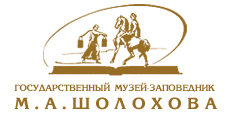
The funds of the M.A. Sholokhov Museum-Reserve contain more than 79,000 items. The documentary fund (more than 15,000 items) contains manuscripts and other materials on the life and work of M.A. Sholokhov, culture of the Don region, socio-political life, local history, including autographs, letters, notes, certificates, maps, diagrams, clippings, etc. The most valuable things in it are the autographs of the writer, his correspondence, and documentary evidence of M.A. Sholokhov’s deputy activities. The book collection (over 20,000 items) includes the first editions of M.A.’s works. Sholokhov and publications in various languages of the peoples of the world, books with autographs of the writer, literature about his work, as well as brochures, albums, atlases, magazines, newspapers. The collection of photo-film-phono sources (20,000 items) contains negatives, photographs, slides, slides, tape, film and video recordings, gramophone records. The richest photographic material reflects the life and creative activity of the writer in different years. Cinematography is represented by a unique collection of documentaries, feature films based on the works of Sholokhov and videos about the museum-reserve. The phonorecords contain the writer’s voice, literary radio broadcasts on his work, and folk Cossack songs. The fund of material monuments (more than 10,000 items) contains a collection of memorabilia of the writer and his wife, local history materials, objects of Cossack life. The fund of fine arts (more than 5,000 items) contains paintings, graphics, sculptures based on and based on the work of M.A. Sholokhov. Each item is unique in its own way, has artistic and scientific value. A significant part of them are represented in permanent exhibitions and traveling exhibitions.

The Yalta Historical and Literary Museum was founded on October 8 (September 27, 1892 at the Yalta branch of the Crimean Mining Club on the initiative of climatologist V. N. Dmitriev, military engineer A. L. Berthier-Delagard and other prominent Yalta residents. Since 1902, the museum’s exposition has been housed in its own building of the Mining Club on the Embankment. In 1918, the museum was transformed into an independent Yalta Natural History Museum. In 1924 it was renamed the Museum of Local Lore. In 1932, the museum was organizationally merged with the Oriental Museum. During the Great Patriotic War, the most valuable collections of the museum were evacuated to Novosibirsk. After the liberation of Yalta on April 16, 1944, 7 days later (April 23), the museum resumed its work. Since 1957, the museum has included the literary memorial house–museum of writers K. A. Trenev and P. A. Pavlenko (currently under restoration).Since 1970, the literary Memorial house-museum of the writer N. Z. Biryukov has become a branch. In the same year, the open-air museum “Glade of Fairy Tales” was established, which until 1991 was part of the structure of the museum as a department. In 1977, the department “Progressive Russian and Ukrainian culture and literature of Yalta of the pre–revolutionary period” was opened (now the departments “Culture of Yalta of the late nineteenth and first quarter of the twentieth centuries” and “Lesya Ukrainka Museum”). In 1985, the Department of Nature was abolished, and the museum became known as the Yalta Historical Museum. In 1989, the Pushkin Museum in Gurzuf was established and entered as a department (since 1999 it has been an independent museum). In 1990, the museum was named the Yalta State United Historical and Literary Museum, and in 2003 – the Yalta Historical and Literary Museum Cultural Institution. Since 1996, the museum has been hosting scientific Dmitriev readings on the history of the Southern Coast of Crimea. Over the course of 130 years, the museum’s funds have been formed, in which today there are more than 150 thousand pieces of museum objects. The museum today is a unique complex combining historical and literary expositions. The expositions are located in ancient mansions – monuments of architecture, history and culture, located in the historical center of Yalta. Today, the Yalta Historical and Literary Museum is the only museum on the Southern coast of Crimea, where you can get acquainted with the history of the Yalta region from ancient times to the present.
